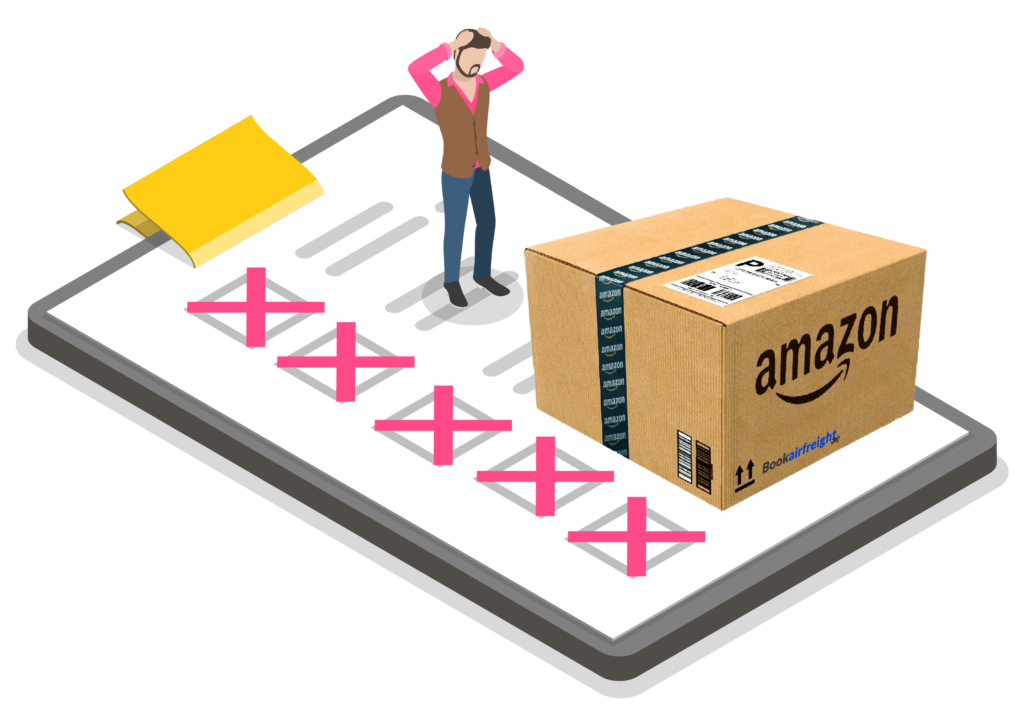
You might not believe it, but even experienced Amazon sellers sometimes make mistakes. Amazon has a simple business model but it’s a complex business, so you need to cross the t’s and dot the i’s.
For instance, is approval needed to sell the item? Are you approved to sell it? If you source your inventory before getting approved, you could be wasting your money. Even if it seems very similar to other products you sell, if the Amazon category is different, you may need to get approved. In the best case, that’s just paperwork. In the worst case, you’ve wasted your money.
Don’t just check the price of a unit today. Check the history of the product’s price and sales. If it’s selling well right now but you see the price has continued to fall all year, it might not be as good a product as you think it is.
And check other sellers’ stock, too. If another seller has 999 baby snugs or electric kettles in stock, you’re competing against a very heavy competition. And because they have so much stock, they’re more likely to get the Buy box, too.
Skipping any steps in your due diligence process can end up in failure. Strangely enough, this is a mistake rookies don’t usually make. After a long series of successful products, though, it’s tempting to think you have developed a good instinct, and to miss out a couple of checks. Don’t be in too much of a hurry!
(By the way, if you’re always hurrying, it’s time you outsourced some of your business tasks.)
Just as you shouldn’t ignore competitors with huge amounts of stock, you shouldn’t ignore Amazon’s excess inventory if it’s showing up on your dashboard. Don’t automatically assume it will sell. Amazon has spotted something which means it wants your inventory reduced. That might be a slowdown in sector sales that you haven’t noticed yet, for instance.
So if there’s excess inventory showing up, do something. Have a discount offer, just to sell a dozen of the item and get your inventory where Amazon wants it. Liquidate the stock if it’s obsolete or the market moved away from your product. Or just use some extra advertising to increase your sales.
Remember, Amazon charges you for keeping excess stock and that hurts your profits!
Check what Amazon charges – and be sure you get your reimbursements. Sometimes Amazon does make mistakes. It’s probably small change, but you can only be sure if you check.
Also check that you’re making a reasonable profit on what you sell, after Amazon fees. If you’re only making a dollar, that’s really too slim a margin for an FBA business. You need enough margin to move the price down and still make a profit, if necessary.
If you’re not making a profit and the product’s not selling, take it on the chin. You’ve made a mistake. Discount or liquidate the product, free up your capital to invest in a new product, and ensure you’re not paying Amazon fees for having excess or aged inventory.
A bad mistake that new FBA sellers make is to assume Amazon Seller Central will give them everything they need to run their business. That might work at first, but you’re going to need capabilities like automatic repricing, in-depth analysis, and more granular control of your PPC ads. Remember that as the business grows, you’re going to need to spend some money on upgrading your information sources, and possibly your bookkeeping system too.
Or maybe you don’t need fancy software, but you need a freelance to do some parts of the business for you. If you’re adding value by finding and sourcing great product, you don’t need to do the transport, the packing, the advertising and the social media content all on your own. Find the areas where you add value, and spend some money outsourcing the rest.
